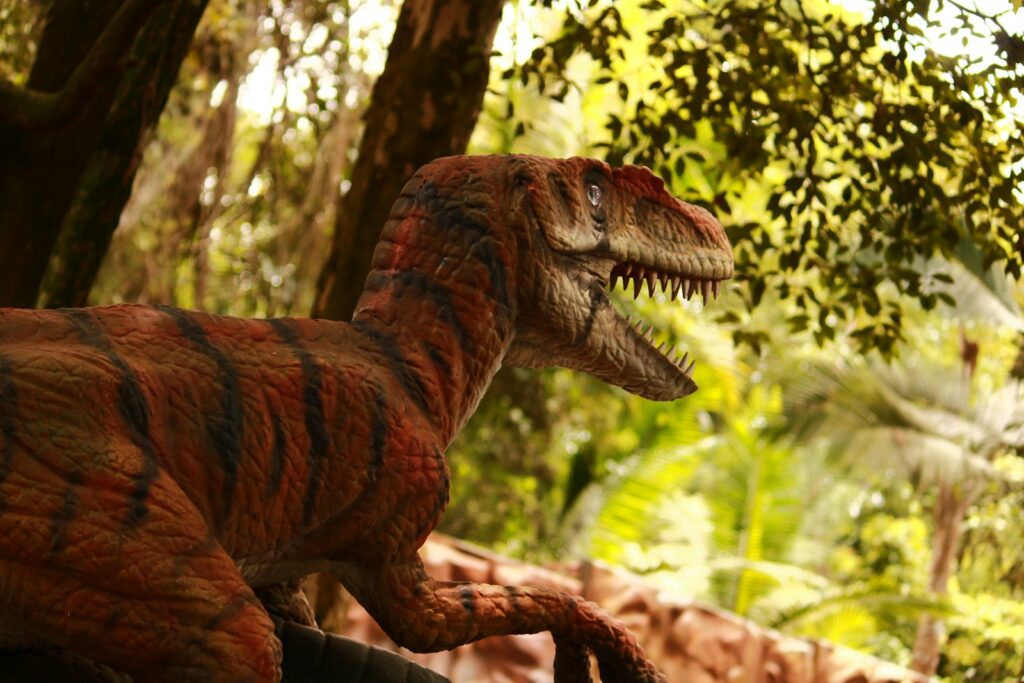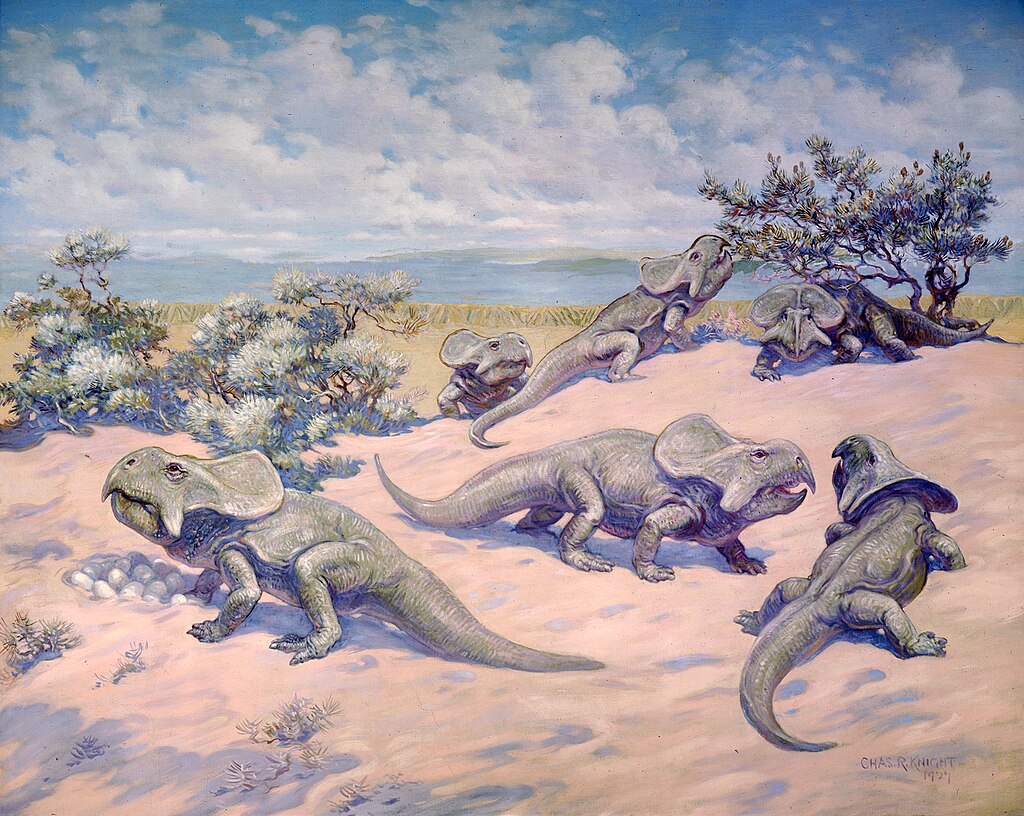Imagine standing in the same spot where, millions of years ago, a massive dinosaur once walked. Dinosaur footprints offer a tangible connection to Earth’s prehistoric past, serving as natural time capsules that have survived for eons. Unlike fossils displayed in museums, these tracks remain in their original locations, providing context about how these magnificent creatures moved through their environments. From remote deserts to accessible tourist destinations, dinosaur footprints can be found across the globe. This article explores ten remarkable locations where you can witness these ancient impressions firsthand, each telling its own story about the dinosaurs that once roamed our planet.
Dinosaur Valley State Park, Texas, USA

Located along the Paluxy River near Glen Rose, Texas, Dinosaur Valley State Park boasts some of the best-preserved dinosaur tracks in North America. The limestone riverbed reveals footprints from two dinosaur species: the three-toed carnivorous theropod and the elephant-footed sauropod. These tracks, estimated to be about 113 million years old, were formed when dinosaurs walked through mud near an ancient sea during the Early Cretaceous period. Visitors can wade into the shallow water of the riverbed to see these remarkable prints up close, especially during dry seasons when water levels are low. The park also features life-sized dinosaur models, hiking trails, and camping facilities, making it an excellent destination for families interested in paleontology.
Fumanya Dinosaur Tracks, Catalonia, Spain
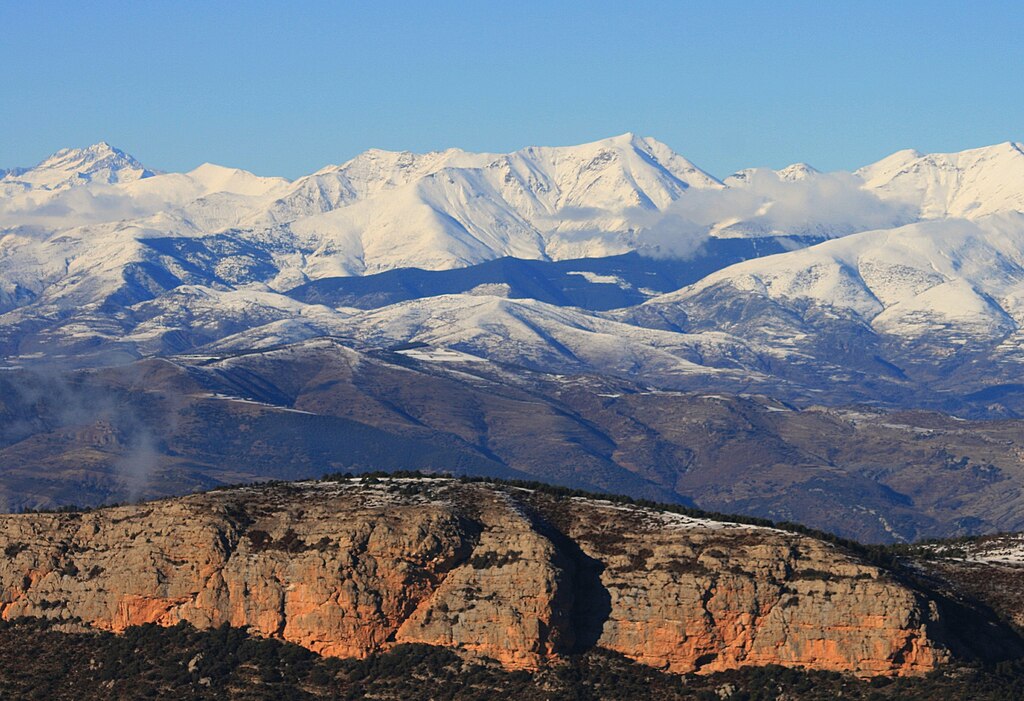
The Fumanya site in the Pyrenees Mountains of Catalonia contains one of Europe’s largest and most important dinosaur tracksites. Spanning an 80-degree inclined quarry wall that stretches over 1.5 kilometers, this remarkable site preserves more than 3,500 footprints made primarily by titanosaur sauropods approximately 70 million years ago during the Late Cretaceous period. What makes this site particularly special is the presence of skin impressions alongside the footprints, providing rare insights into the dinosaurs’ external appearance. The tracks are visible on the walls of an old open-pit coal mine, offering visitors a unique vertical perspective on these prehistoric traces. A viewing platform with interpretive displays allows visitors to appreciate the magnitude and significance of this extraordinary paleontological treasure.
Dinosaur Footprints Reservation, Massachusetts, USA
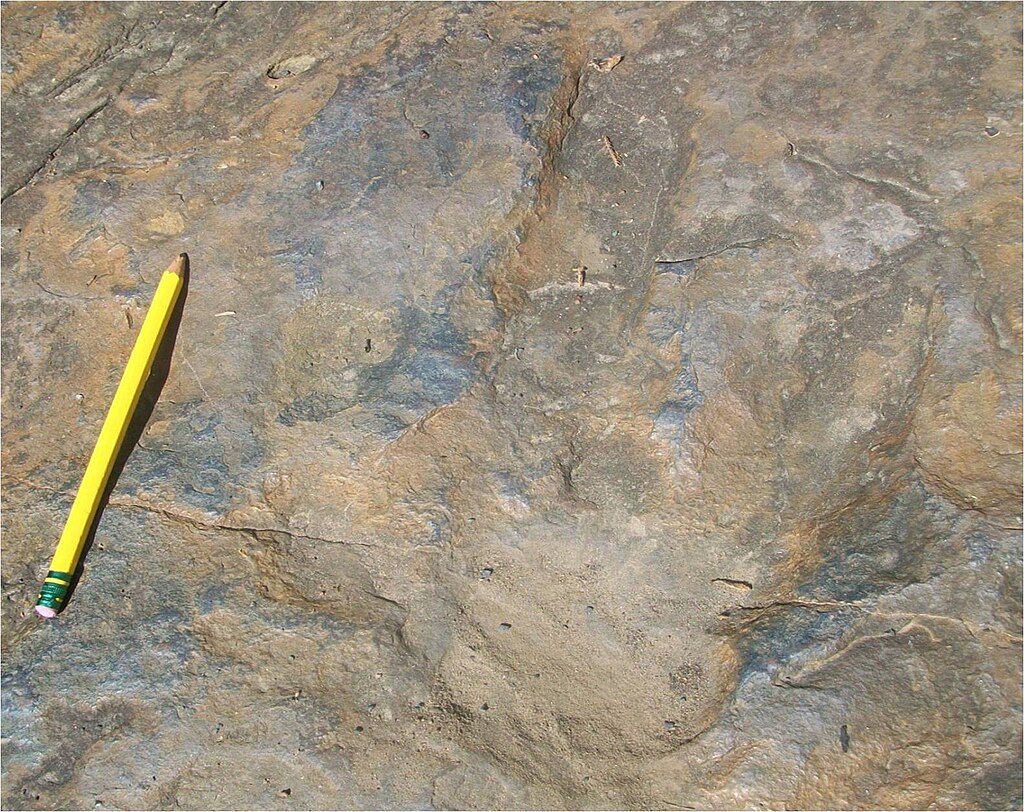
In the Connecticut River Valley of western Massachusetts lies a small but significant site protected by The Trustees of Reservations. This 8-acre reservation preserves hundreds of dinosaur tracks in red sandstone dating back approximately 200 million years to the Early Jurassic period. The footprints primarily belong to Eubrontes, a large carnivorous dinosaur similar to Dilophosaurus, with some tracks measuring up to 16 inches in length. These fossilized impressions were first discovered in 1802 by a local farmer named Pliny Moody, making them among the first scientifically documented dinosaur tracks in North America. The site offers a self-guided interpretive trail with informative signs explaining the geological and paleontological significance of the area. Visitors can easily access the footprints via a short walk from the parking area, making it an accessible destination for dinosaur enthusiasts of all ages.
Gansu Province Dinosaur National Geopark, China
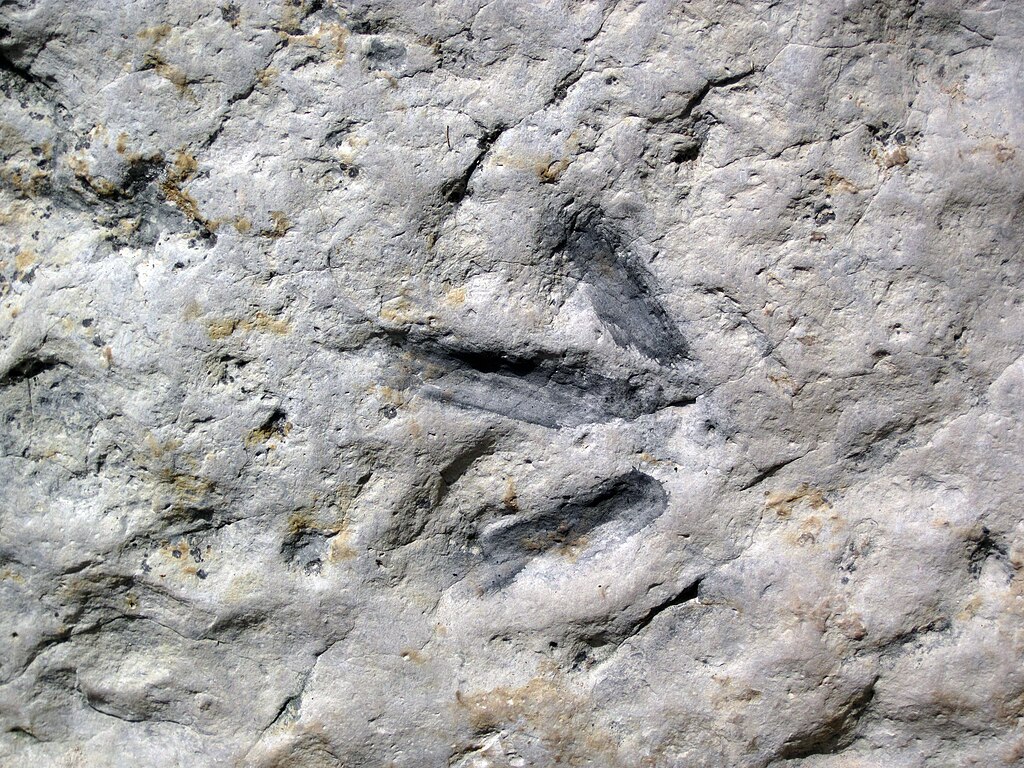
In northwestern China’s Gansu Province, the Liujiaxia Dinosaur National Geopark contains one of the world’s most diverse collections of dinosaur tracks. The park features over 1,600 footprints representing at least six different dinosaur species, including both carnivorous and herbivorous varieties that roamed the region during the Early Cretaceous period approximately 120 million years ago. Perhaps most impressive are the extensive trackways showing evidence of herding behavior, with multiple sets of footprints moving in the same direction. These social interaction patterns provide valuable insights into dinosaur behavior that skeletal remains alone cannot reveal. The Chinese government has constructed protective facilities over many of the trackways to shield them from weathering, along with an adjacent museum containing fossils and interpretive exhibits. The remote location offers visitors a sense of the unchanged landscape that dinosaurs once traversed, creating a powerful connection to prehistoric times.
Cal Orck’o, Sucre, Bolivia
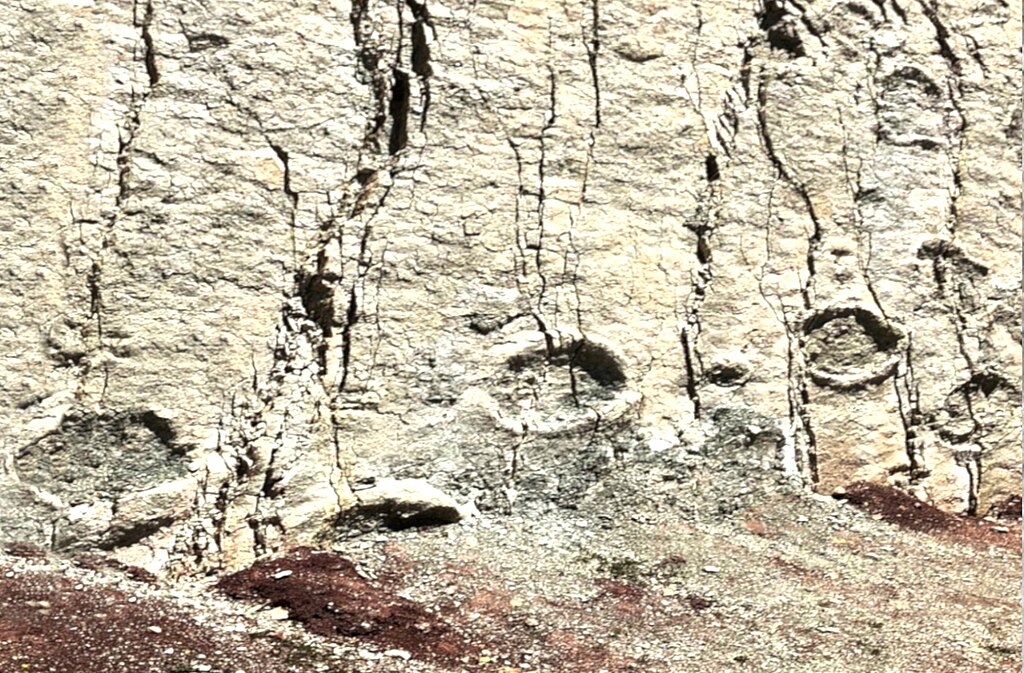
Cal Orck’o, meaning “Limestone Hill” in the local Quechua language, may be the most spectacular dinosaur tracksite in the world. Located just outside the city of Sucre, this nearly vertical limestone wall—measuring 1.5 kilometers long and 150 meters high—contains an astonishing 5,000+ dinosaur footprints. Dating back to the Late Cretaceous period about 68 million years ago, the site preserves tracks from at least eight different dinosaur species, including ankylosaurs, ornithopods, and theropods. The most remarkable feature is a 347-meter-long trackway made by a baby Tyrannosaurus rex, believed to be the longest continuous dinosaur trackway ever discovered. These footprints were originally laid in horizontal mud that was later pushed upward by tectonic forces, creating the dramatic vertical exposure visible today. Adjacent to the site is Parque Cretácico (Cretaceous Park), a theme park with life-sized dinosaur models and an interpretive center that explains the geological history and significance of this extraordinary paleontological treasure.
Dinosaur Trackway, Münchehagen, Germany

The Dinosaur Park Münchehagen in Lower Saxony houses one of Europe’s most impressive and best-protected dinosaur tracksites. Dating back approximately 140 million years to the Early Cretaceous period, the park features more than 300 footprints preserved in sandstone, primarily made by long-necked sauropods and large ornithopods. The main attraction is a series of parallel trackways indicating that sauropods traveled together in herds, providing important evidence of social behavior in these massive plant-eaters. Since its discovery in the 1980s, the site has been protected by a spectacular 4,000-square-meter hall with a glass roof that shields the tracks from weathering while allowing them to remain in their original location and context. Beyond the protected trackways, the park offers an immersive prehistoric experience with over 230 life-sized dinosaur models set along forest paths, interactive exhibits, and excavation areas where children can try their hand at paleontological work.
Lark Quarry Dinosaur Trackways, Queensland, Australia
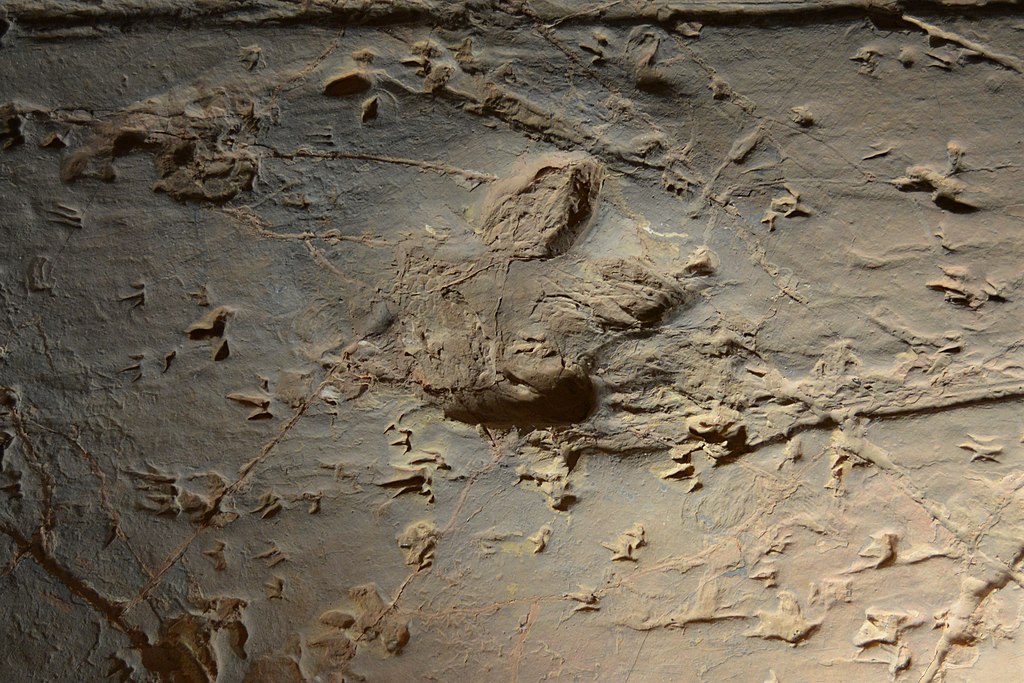
Located in central Queensland, Lark Quarry Conservation Park preserves what many scientists interpret as evidence of the only known dinosaur stampede on record. Approximately 95 million years ago during the mid-Cretaceous period, this site captured a dramatic moment when nearly 200 small to medium-sized dinosaurs fled, possibly from a large predator approaching a water source. The site contains about 3,300 individual footprints, primarily from small, chicken-sized coelurosaurs and slightly larger ornithopods, creating a chaotic pattern that suggests panic and rapid movement. Discovered in the 1960s, the trackways are now protected by a climate-controlled building called the Dinosaur Stampede National Monument, which helps prevent erosion while allowing visitors to view the prehistoric drama frozen in stone. The remote location in the Australian outback adds to the sense of discovery, with guided tours offering detailed explanations of the day when hundreds of dinosaurs ran for their lives across what was once a muddy lakeshore.
Dinosaur Ridge, Colorado, USA

Just west of Denver in Morrison, Colorado, Dinosaur Ridge offers one of the most accessible and educational dinosaur track experiences in North America. This National Natural Landmark contains hundreds of tracks from multiple dinosaur species preserved in sandstone layers along a mountainside. The most notable are the 150-million-year-old Jurassic-period tracks from ornithopods and theropods found along the “Dinosaur Highway,” a stretch where numerous dinosaurs once traveled along an ancient shoreline. Beyond footprints, the site also features exposed fossils of dinosaur bones, impressive ripple marks that indicate ancient water movement, and even traces of prehistoric crocodile sliding marks. Visitors can explore the site through guided bus tours or on self-guided walks along paved trails with interpretive signs. The adjacent Dinosaur Ridge Discovery Center enhances the experience with exhibits explaining the area’s rich paleontological history, including its connection to the “Bone Wars” of the late 19th century when rival paleontologists competed to discover new dinosaur species.
Tumbler Ridge Global Geopark, British Columbia, Canada
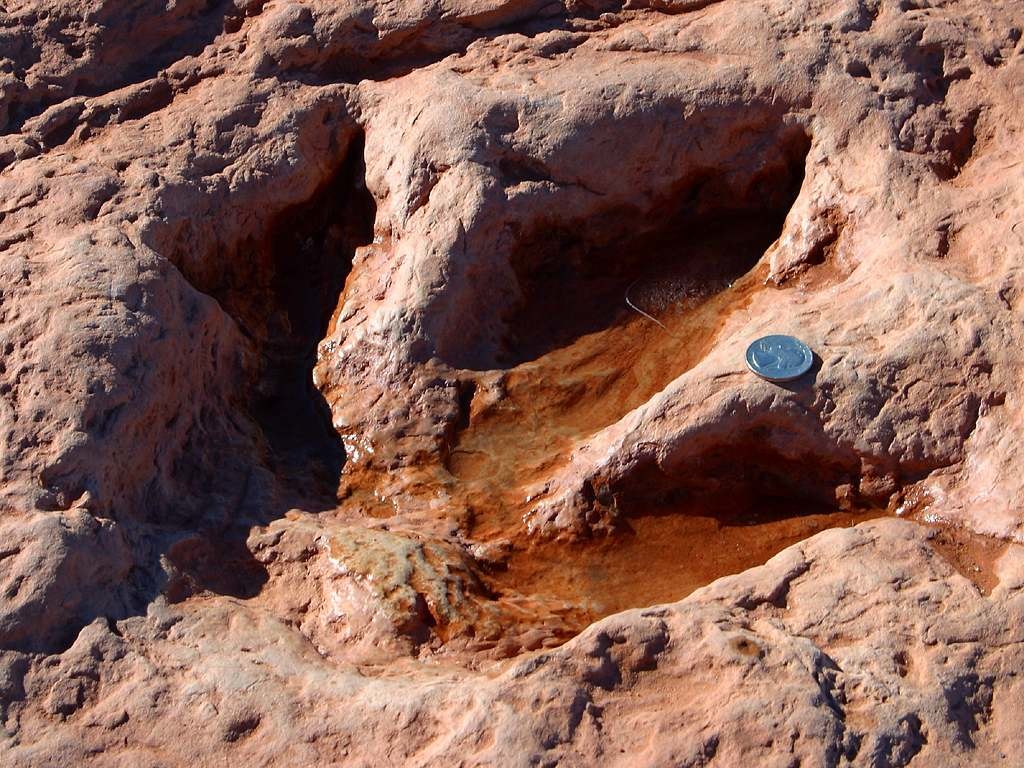
Canada’s first UNESCO Global Geopark, located in northeastern British Columbia, protects several significant dinosaur trackways that have transformed our understanding of dinosaur populations in northern latitudes. The trackways, discovered beginning in 2000, include footprints from ankylosaurs, ornithopods, and large theropods that date back to the Early Cretaceous period approximately 100-115 million years ago. What makes these tracks particularly significant is their location—they provide evidence that dinosaurs lived much further north than scientists previously believed, challenging earlier theories about dinosaur distribution. The most accessible site is the Flatbed Creek trackway, where visitors can view well-preserved three-toed theropod footprints along a creek bed. The Geopark offers guided tours during summer months when conditions are optimal for viewing the tracks. The Dinosaur Discovery Gallery in Tumbler Ridge complements the track sites with exhibits featuring cast replicas, fossils, and information about the region’s paleontological significance.
Copper Ridge Dinosaur Trackways, Utah, USA
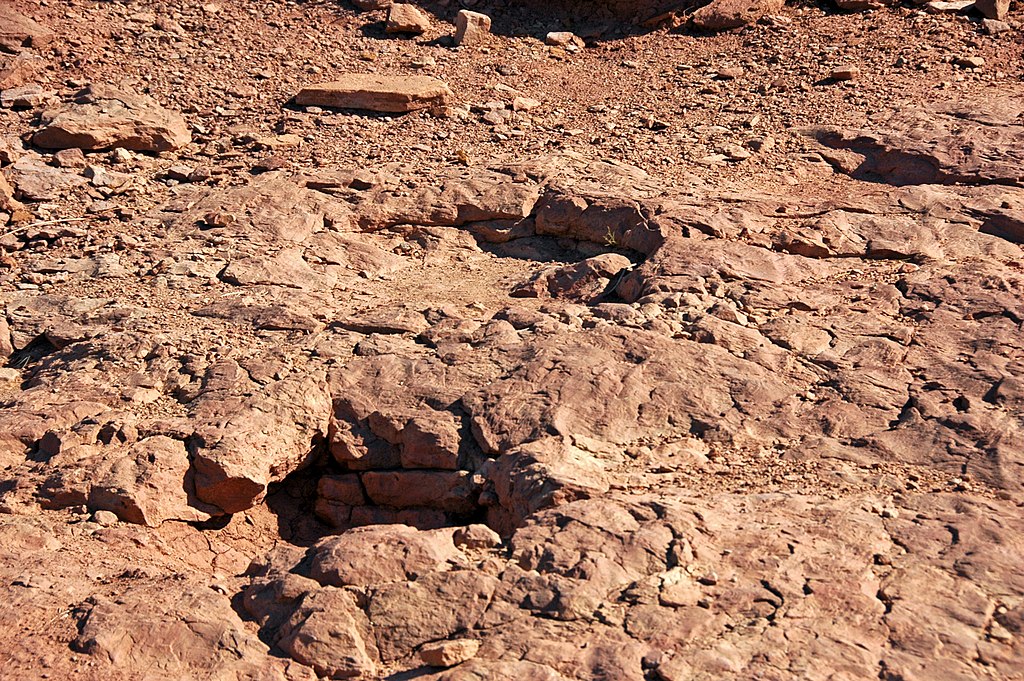
Located in the red rock desert near Moab, Utah, the Copper Ridge Dinosaur Trackways preserve footprints from the Late Jurassic period approximately 150 million years ago. The site features two distinct trackways: one from a large sauropod with prints measuring over 35 inches in diameter, and another from a meat-eating theropod with three-toed footprints. The contrast between these contemporaneous tracks provides visitors with a visual representation of the predator-prey relationships that existed during the dinosaur era. What makes this site particularly special is its remote, undeveloped setting that allows visitors to experience the tracks in a landscape that remains largely unchanged since prehistoric times. The trackways lie exposed on a sloping sandstone surface, requiring no excavation to view them. Accessible via a short hike from a designated parking area on BLM land, this free-to-visit site offers interpretive signs but limited facilities, creating an authentic paleontological adventure for those willing to venture off the beaten path.
Tuba City Dinosaur Tracks, Navajo Nation, Arizona
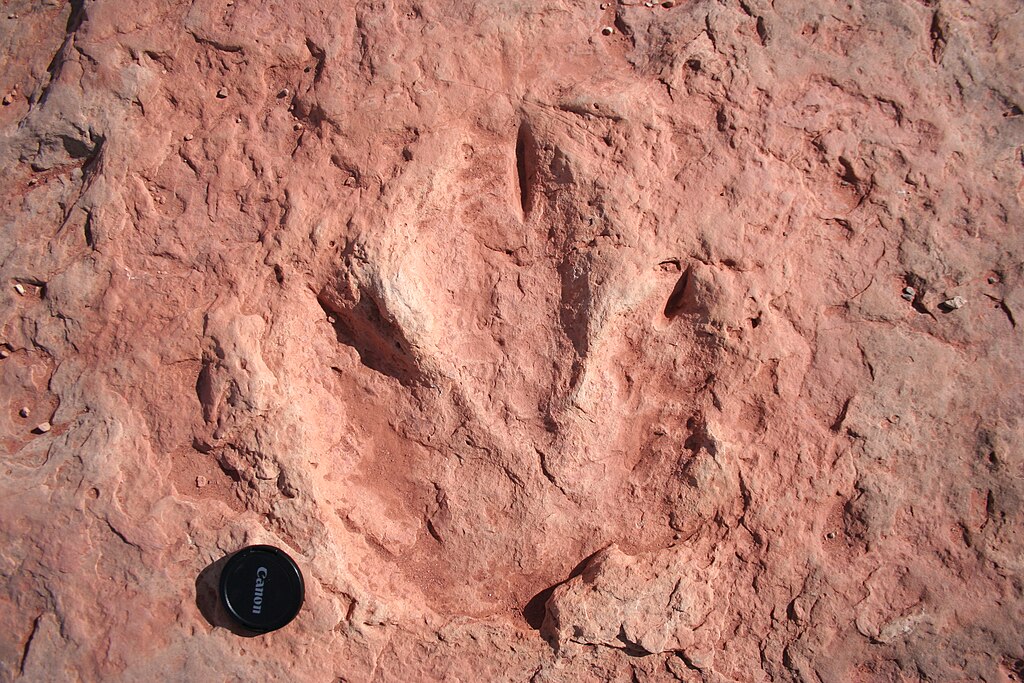
On Navajo Nation land just east of Tuba City, Arizona, lies an easily accessible tracksite featuring well-preserved footprints from the Early Jurassic period, approximately 200 million years ago. These impressions in sandstone include three-toed tracks from carnivorous theropods and larger, more rounded footprints from early sauropodomorphs. What distinguishes this site is its cultural context—Navajo guides often offer interpretations that blend scientific understanding with indigenous perspectives on these ancient traces. The footprints are exposed on flat rock surfaces alongside fossil fragments and ripple marks from an ancient lakeshore. Unlike many other tracksites, visitors can walk directly among the tracks, creating an intimate experience with minimal barriers. The site’s location along Highway 160 makes it a convenient stop for travelers between Grand Canyon and Monument Valley. While facilities are limited to a small parking area and informal craft stands where local artisans sell handmade items, the tracks’ accessibility and the opportunity to learn from Navajo guides make this a unique cultural and paleontological experience.
Seeing Ancient History Through Footprints

Dinosaur footprints offer a different perspective on prehistoric life than skeletal remains, providing insights into behavior, movement, and environmental interactions that bones alone cannot reveal. These preserved traces allow paleontologists to calculate dinosaurs’ walking speeds, determine whether they traveled in groups, and understand how they interacted with their environments. From a visitor’s perspective, footprints create a powerful connection to the past—standing beside a track means standing in exactly the same place where a dinosaur once stood millions of years ago. This direct connection transcends time in a way that museum displays cannot replicate. As climate change and erosion increasingly threaten many of these irreplaceable sites, conservation efforts have intensified, with new protective structures, regular monitoring, and 3D scanning technology helping to preserve these ancient traces for future generations. For anyone fascinated by Earth’s prehistoric inhabitants, visiting dinosaur footprints in their original settings provides not just education but a profound sense of wonder at the vastness of geological time.
Dinosaur footprints represent a direct connection to Earth’s distant past, offering visitors a chance to literally stand in the same spot where these magnificent creatures once walked. Each of the sites featured in this article tells a different story about dinosaur behavior, movement, and environments. From remote deserts to easily accessible parks, these tracksites preserve momentary events from millions of years ago—a dinosaur stampede in Australia, herding behavior in China, or the casual stroll of a massive sauropod in Utah. As you visit these remarkable locations, you’re not just seeing impressions in stone but glimpsing brief moments from a world long vanished. These prehistoric footprints remind us of our planet’s incredible history and the importance of preserving these irreplaceable windows into Earth’s past for future generations to study and appreciate.

